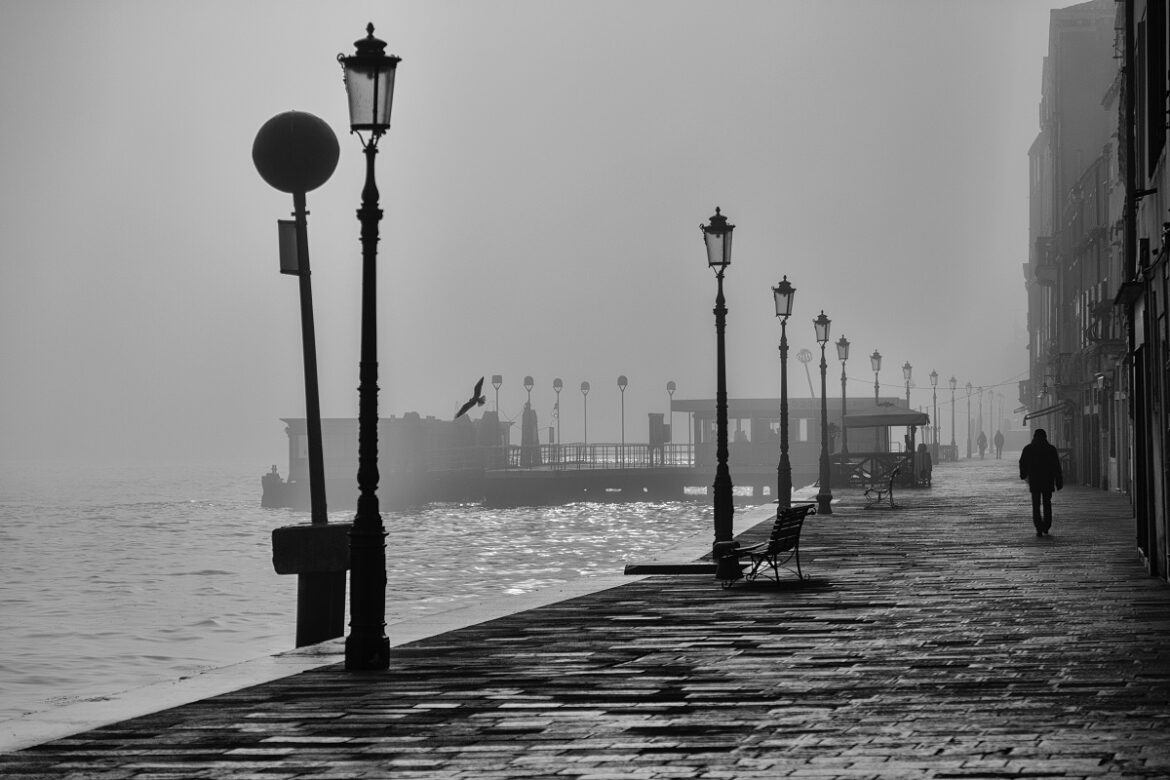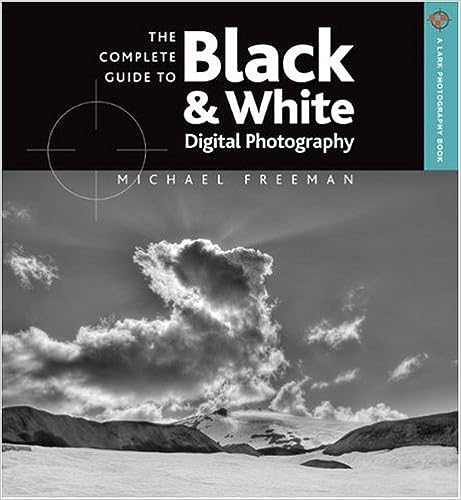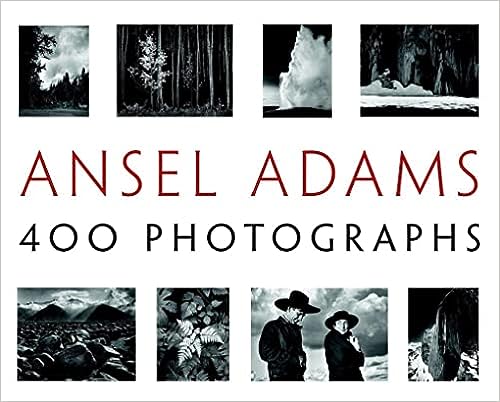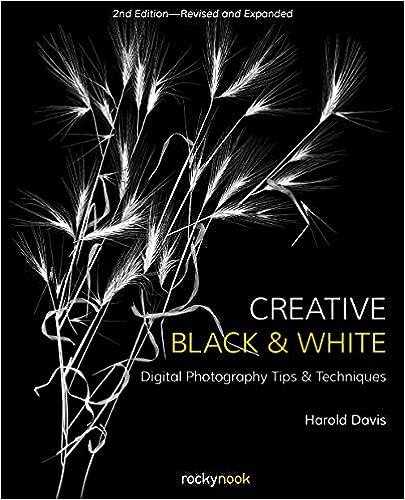Getting great black-and-white photos isn’t just about making things look cool – it’s an art that involves using light, shadows, and contrast in a special way. Mastering this art can transform your photos into something amazing. Understanding how to use light and shadow, and even using filters, can help you create black-and-white pictures that feel deep and full of life. But it’s not just about the technical stuff – picking the right things to photograph is also key. Certain subjects tell a story better in black and white. So, if you’re curious about this enchanting world of monochrome photography, remember that mastering the techniques and choosing the right things to capture is like having a superpower that turns ordinary photos into something timeless and extraordinary.
Knowing when to use black-and-white photography can add a whole new layer of meaning to your images. It’s perfect for capturing raw emotions, adding drama to portraits, and emphasizing strong shapes and lines in architectural or landscape shots. Choosing black and white isn’t just about removing color. It’s about making a deliberate choice that transforms your photos into powerful visual stories. So, when you’re aiming to evoke a certain atmosphere, emphasize form and structure, or tell a story with a classic touch, black-and-white photography might just be your perfect tool.
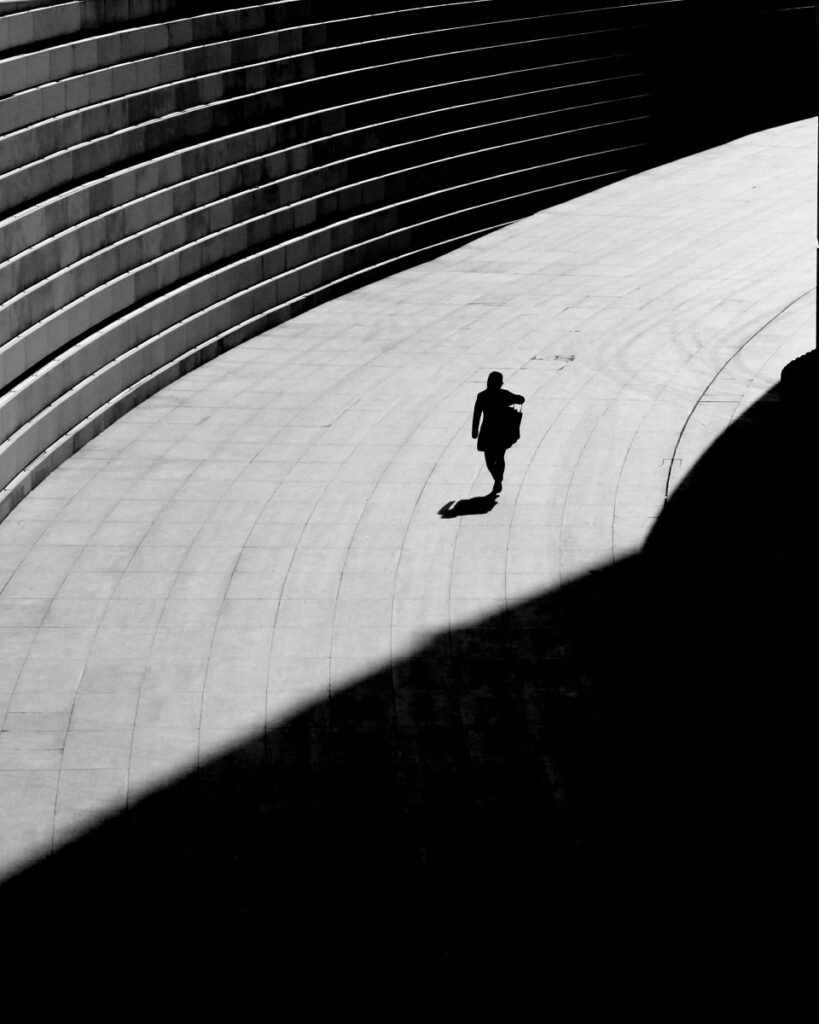
What are the cornerstones of successful black-and-white photography?
1. Contrast: Mastering contrast involves achieving a smooth gradation of tones from deep blacks to bright whites. Contrast enhances the visual impact, highlighting the separation between different elements in your photograph.
2. Tone: Tone refers to the brightness levels in your image, from shadows to highlights. Achieving a balanced tonal range ensures that your photograph maintains detail throughout, even in the darkest and brightest areas.
3. Shadow: Utilizing shadows adds depth and dimension to your composition. Shadows create visual interest, guiding the viewer’s eyes and emphasizing textures and shapes.
4. Shape: Shapes are the building blocks of your composition. They define your subjects and guide the viewer’s gaze, contributing to the overall visual appeal of your photograph.
5. Texture: Texture adds tactile quality to your images, bringing surfaces to life and enhancing the sensory experience. Capturing and emphasizing textures can create a more immersive and engaging visual narrative.
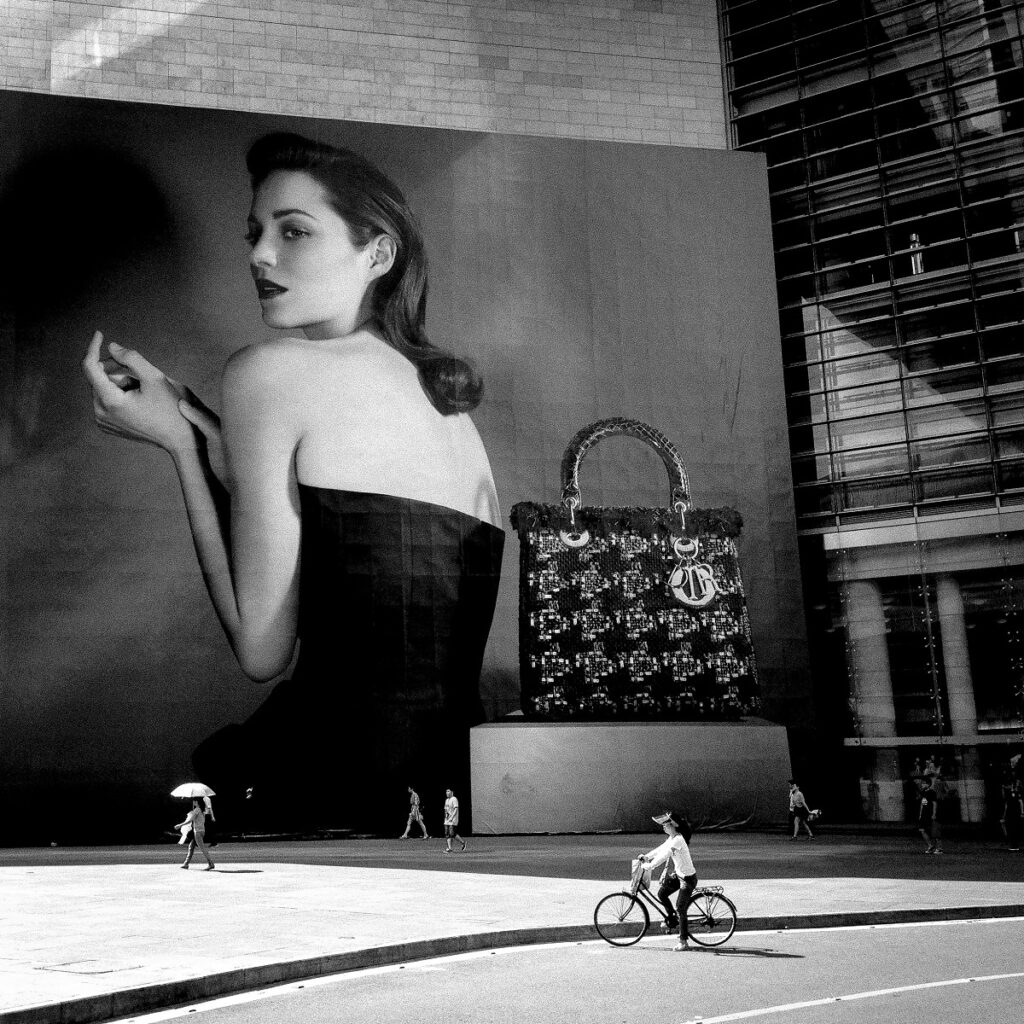
Mastering Black and White Photography Techniques
Choose Between Shooting in Black and White and Converting from Color
When it comes to creating captivating black-and-white photographs, you have two paths to explore. You can choose to shoot directly in black and white. This lets you see your scene in shades of gray from the start. It allows you to compose with contrast and shape in mind. On the other hand, you can capture your scene in color and then convert it to black and white during the editing process. This method gives you more flexibility, allowing you to experiment with different tonal ranges and contrast levels. Whichever path you choose, the goal remains the same. To create striking images that tell a story beyond the realm of colors.
Adjust Exposure for Optimal Tonal Range, Highlighting Details
Achieving the perfect tonal range is at the heart of successful black-and-white photography. Balancing the darkest shadows with the brightest highlights ensures that your image pops with clarity and depth. During shooting, pay close attention to your exposure settings. Make sure not to lose important details in the shadows or blow out highlights. Post-processing also plays a crucial role in fine-tuning the tonal range. Adjusting the exposure and contrast levels can breathe life into your image, enhancing its visual impact and bringing out textures and nuances that might have been overlooked.
Take a look at this video where photographer Sean Tucker explains good exposure through a philosophical approach.
Employ Filters to Enhance Contrast and Sky Detail
Filters are your secret allies in the world of black-and-white photography. A red filter, for instance, can darken the sky and make clouds stand out dramatically. A yellow or orange filter can add warmth to your image and enhance the contrast between different elements. Experimenting with filters lets you sculpt the mood of your photograph, adding depth and drama. Keep in mind that digital post-processing also allows you to replicate the effects of physical filters. It gives you the freedom to explore various options even after you’ve captured the shot.
The Complete Guide to Black & White Digital Photography
Experiment with Long Exposures for Ethereal Effects
Long-exposure photography in black and white can create enchanting and otherworldly effects. Blurring motion – be it flowing water, moving clouds, or bustling crowds – can add a dreamy, surreal quality to your images. Long exposures can also help simplify complex scenes, allowing you to emphasize certain elements while softening others. It’s all about playing with time to capture a different perspective that might be hidden from the naked eye. As you experiment with long exposures, you’ll uncover a new realm of creative possibilities within the realm of black-and-white photography.

Selecting the Right Subjects for Black and White Photography
Portraits: Capture emotions, textures, and characters.
In the realm of black-and-white photography, portraits take on a new level of depth. Stripped of color distractions, you can focus on the raw emotions etched on a subject’s face. The play of light and shadow accentuates textures, making every wrinkle and freckle tell a story. Black and white portraits offer a unique window into a person’s character, their essence frozen in time. Every gaze, every smile, becomes more intimate and captivating, making the viewer connect on a deeper level.

Landscapes: Highlight patterns, shapes, and timelessness.
Landscapes, when captured in black and white, reveal the hidden patterns and shapes that nature weaves into the scenery. The absence of color shifts the focus to the fundamental elements – the rolling hills, the winding rivers, the jagged cliffs. Black and white landscapes evoke a sense of timelessness, inviting viewers to appreciate the beauty that remains constant despite the changing seasons. It’s a way of seeing the world through a different lens, where the interplay of light and dark paints landscapes in a whole new light.
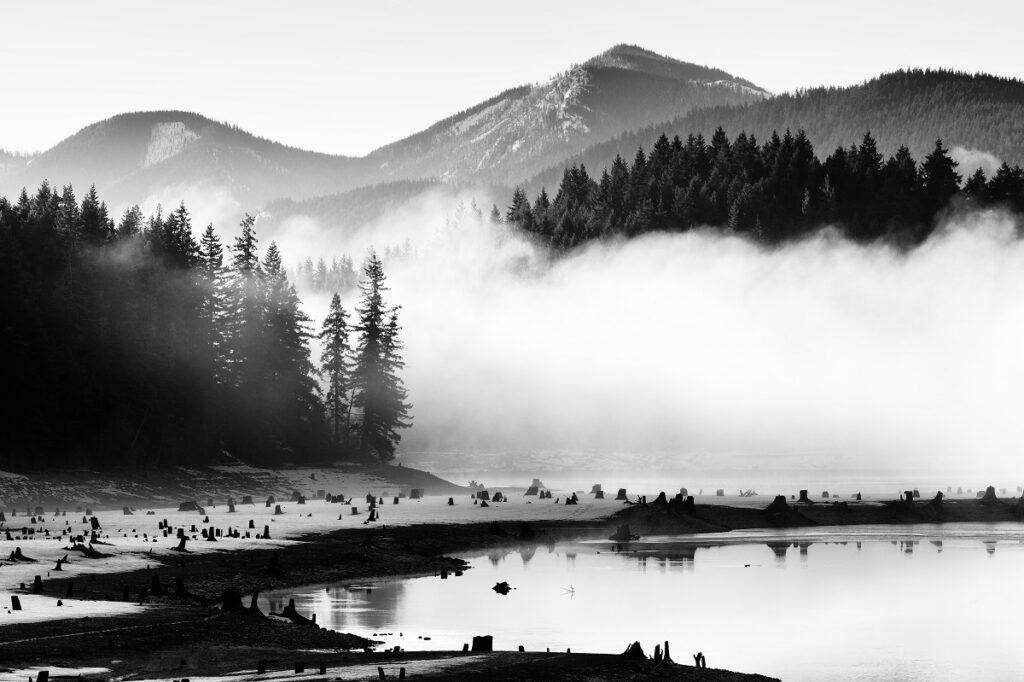
Architecture: Emphasize lines, symmetry, and details.
Black and white photography is a powerful tool for architectural exploration. The lines, angles, and symmetry of buildings are highlighted, creating images that are both aesthetically pleasing and thought-provoking. Every intricate detail, every piece of ornate craftsmanship, becomes more pronounced. The stark contrast between light and shadow adds drama and depth to architectural shots, emphasizing the grandeur and uniqueness of each structure.
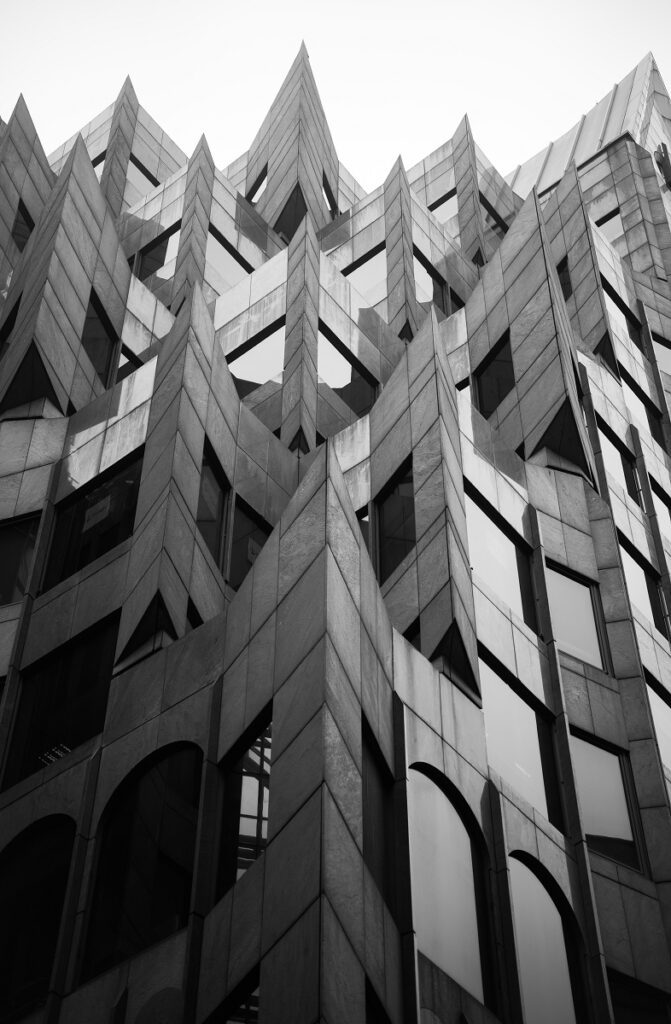
Weddings: Adding Timelessness with Monochrome Elegance
Infusing monochrome elements into wedding photography adds a captivating layer of timeless elegance to the captured moments. By stripping away color distractions, black and white imagery focuses on the essence of emotions, interactions, and details that stand the test of time. This classic approach transforms the photographs into enduring works of art, creating a seamless connection between the present and cherished memories that will be treasured for generations.

Embrace Minimalism and Simplicity
Black and white photography often thrives in simplicity. Explore the art of minimalism by stripping down your compositions to their essential elements. Embrace negative space, where the absence of detail speaks volumes, allowing viewers to focus on what truly matters. Minimalist black-and-white photography can evoke a sense of calmness, elegance, and a deep connection to the subject.
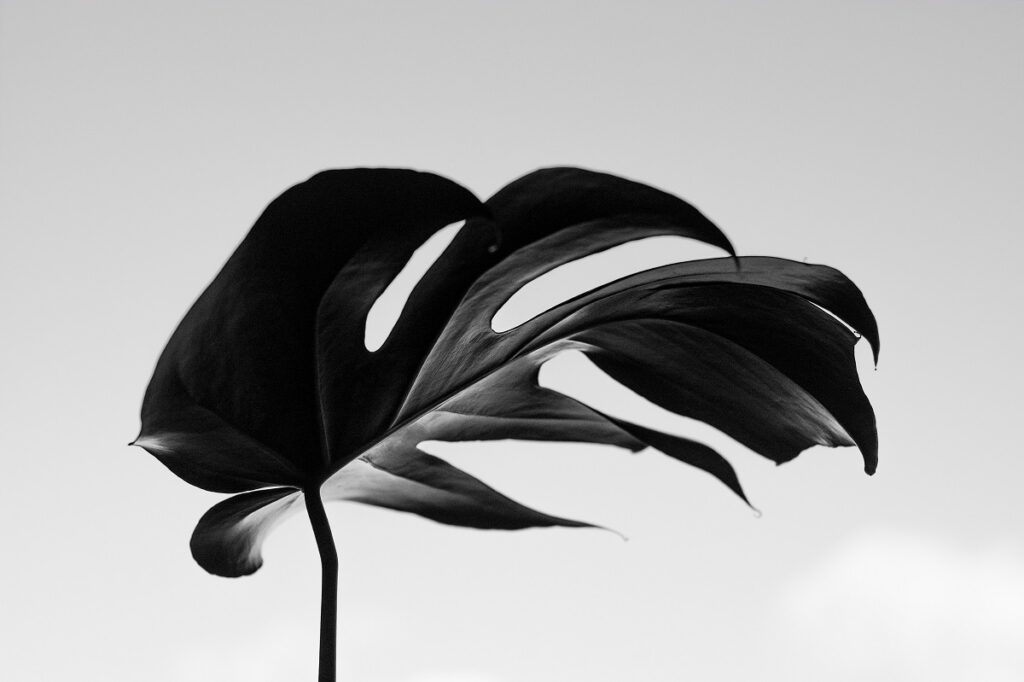
Find Beauty in Details
Black and white photography encourages you to see the world in a different light – one where details come to the forefront. Zoom in on intricate textures, patterns, and details that might go unnoticed in color photography. Whether it’s the weathered wood of an old door or the delicate lines of a spider’s web, black-and-white photography can turn the mundane into the extraordinary.
Capture Emotion and Storytelling
One of the remarkable aspects of black-and-white photography is its ability to convey emotions and tell stories with remarkable depth. Dive into the realm of storytelling, capturing moments that resonate on an emotional level. A candid laugh, a contemplative gaze, or a fleeting expression can be amplified in black and white, inviting viewers to delve into the narrative behind the image.
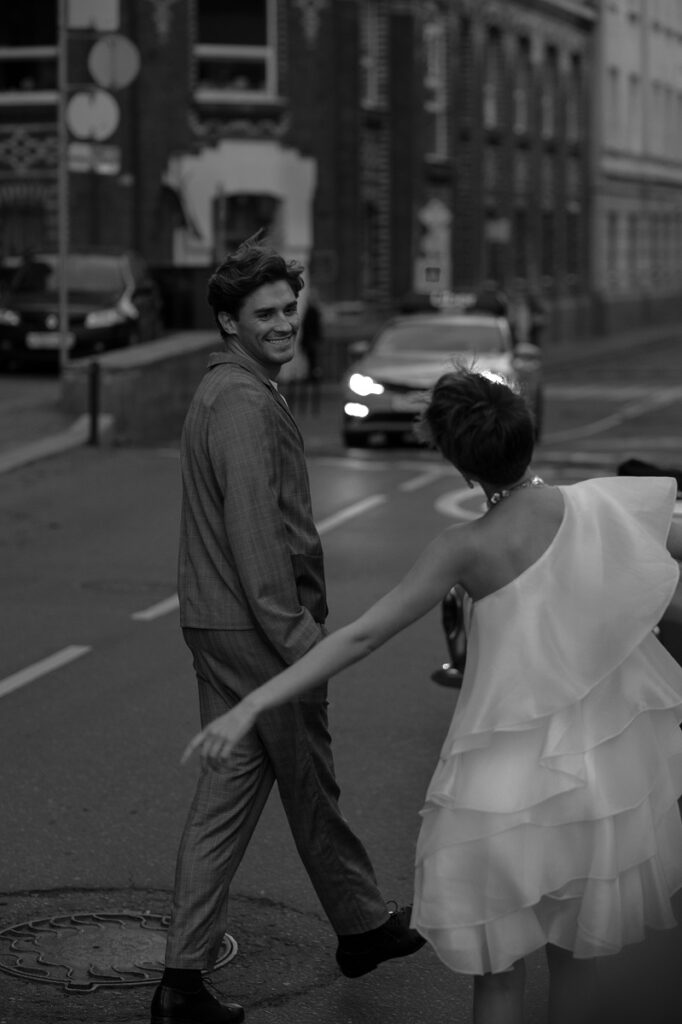
Composition Techniques for Black and White Photography
Utilize the rule of thirds, framing, leading lines, and diagonals.
Mastering compositional techniques is essential in black-and-white photography, just as it is in any other form of visual art. The rule of thirds divides your frame into nine equal parts, helping you place your subject in a way that draws the viewer’s eye. Framing, whether through natural elements or architectural features, adds depth and context to your image. Leading lines guide the gaze through the photograph, creating a sense of movement and narrative. Diagonals introduce dynamic energy and visual tension, capturing attention and evoking emotion.
Employ symmetry and asymmetry to create visual interest.
Symmetry and asymmetry are powerful tools that can transform a black-and-white photograph into a compelling story. Symmetry brings balance and harmony, with identical or similar elements mirrored across an axis. Asymmetry, on the other hand, introduces intrigue and complexity by placing elements of varying visual weight off-center. Both approaches can create striking visual interest, each serving a unique purpose in conveying the intended mood and message of the photograph.
Focus on shapes, patterns, and negative space to guide the eye.
Black and white photography thrives on simplicity, making shapes, patterns, and negative space crucial aspects of composition. Bold shapes draw attention, whether they’re the subject itself or the way light interacts with the scene. Patterns repeat and mesmerize, guiding the viewer’s eye across the frame. Negative space, the areas around and between subjects, gives the eye room to breathe and emphasizes what’s essential. Mastering these elements allows you to orchestrate the visual journey within your photograph, engaging the viewer in a deliberate exploration of your artistic intention.

VI. Post-Processing for Black and White Images
Choose the right software for editing monochrome photographs.
When it comes to editing your black-and-white photographs, selecting the right software is crucial. Look for programs that offer advanced tools specifically designed for monochrome editing. Popular options include Adobe Lightroom, Photoshop, and specialized software like Silver Efex Pro. These platforms provide you with the necessary features to fine-tune your images, from adjusting the contrast to enhancing tonal separation, ensuring your black-and-white photographs reach their full potential.
Adjust contrast, highlights, and shadows for optimal tonal balance.
Achieving the right balance of contrast, highlights, and shadows is essential for creating impactful black-and-white images. Carefully adjust the contrast to ensure a smooth gradation of tones, from deep blacks to bright whites. Enhance the highlights to retain detail in the brightest areas, while lifting shadows to reveal hidden textures and nuances. The interplay between these elements determines the mood and visual impact of your photograph, so take the time to experiment and find the perfect tonal balance for your artistic vision.
Enhance tonal separation using curves, levels, and channel mixer.
To truly elevate your black-and-white photography, delve into advanced editing techniques to enhance tonal separation. Utilize tools like curves and levels to fine-tune the distribution of tones across the image. Curves allow you to adjust highlights, midtones, and shadows independently, providing unparalleled control over tonal variation. The channel mixer is another powerful tool that lets you manipulate individual color channels to enhance contrast and tonal richness. Through these techniques, you can sculpt your photograph’s tonal range with precision, guiding the viewer’s eye and conveying your artistic expression.
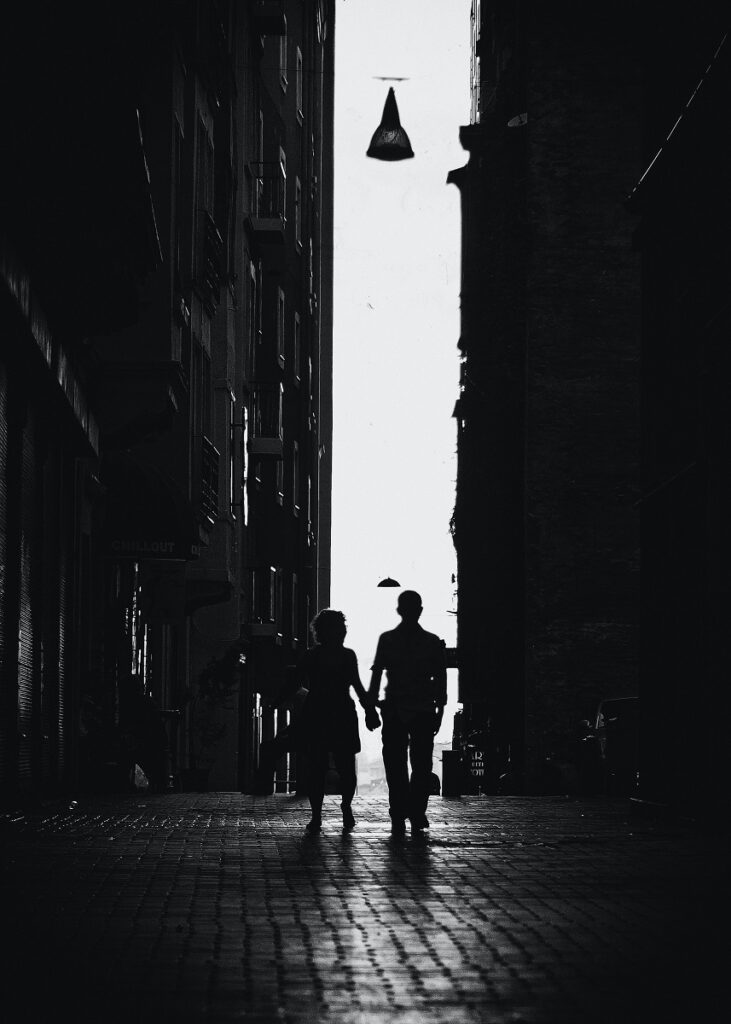
Add grain for a vintage aesthetic or texture enhancement.
Introducing grain to your black-and-white photographs can serve both nostalgic and creative purposes. If you’re aiming for a vintage look, adding controlled amounts of grain can transport your image back in time, evoking a sense of classic film photography. This effect can infuse your photograph with a charming and timeless atmosphere. On the other hand, grain can also be harnessed as a tool for texture enhancement. By strategically incorporating grain, you can intensify the tactile quality of certain surfaces, making textures like rough walls or intricate fabrics come alive. Whether you’re seeking to evoke nostalgia or enhance the visual depth of your composition, experimenting with the grain can offer an exciting dimension to your black-and-white photography.
Learning from Master Black and White Photographers
Study the works of iconic photographers like Ansel Adams.
Embarking on a journey to enhance your black-and-white photography involves immersing yourself in the works of legendary photographers like Ansel Adams. By studying their masterpieces, you can gain profound insights into the artistry and technique behind exceptional monochrome images. Adams, renowned for his captivating landscapes, demonstrates the power of capturing light and shadow to create stunning compositions that stand the test of time. Immerse yourself in the world of iconic photographers to uncover the secrets of their craft and to discover the essence of black-and-white photography.
Analyze their techniques, compositions, and use of cornerstones.
As you delve into the realm of iconic photographers, go beyond merely admiring their works and delve into the intricacies of their techniques, compositions, and utilization of cornerstones. Analyze how they meticulously balance contrast, employ shadows to add depth, and masterfully shape their subjects through composition. Examine the meticulous attention to detail and tonal balance that define their images. By dissecting their approach, you can gain invaluable insights into how they achieved their visual impact, enabling you to apply similar principles to your own work.
Infuse inspiration from masters into your unique photographic style.
While studying the greats, remember that the goal is not to replicate their work but to internalize their principles and infuse them into your unique photographic style. Let their accomplishments serve as a foundation upon which you build your own creative expression. Draw inspiration from their mastery of light, texture, and composition, and then channel that inspiration into crafting photographs that reflect your own artistic voice. By combining the wisdom of iconic photographers with your personal vision, you can forge a path that resonates with your audience and leaves an indelible mark on the world of black-and-white photography.
Famous Photographers that Shot in Black and White
- Ansel Adams
- Henri Cartier-Bresson
- Dorothea Lange
- Sebastião Salgado
- Robert Capa
- Diane Arbus
- Walker Evans
- Irving Penn
- Man Ray
- Edward Weston
Creative Black and White: Digital Photography Tips and Techniques
Dive into the complete guide and start crafting your own monochrome masterpieces today!
As you dive into the world of black-and-white photography, you’re stepping into a realm of contrasts and feelings. While learning the technical side is important, don’t forget that your personal style matters too. Your viewpoint and creativity turn your photos into lasting works of art. So armed with the basics of contrast, composition, and playing with light and shadow, go out there with confidence. Explore, have fun experimenting, and let your black-and-white pictures tell stories that everyone can enjoy, regardless of time or color.
